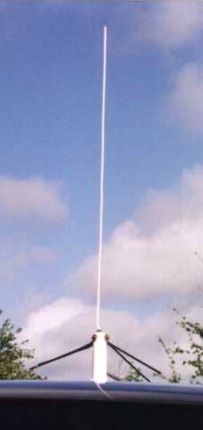
Thus, smaller dishes can be used to achieve the same distance as C-band and the KU band radio transmitter also requires less power. Moreover, Ku-Band is characterized by its high powered signals compared to C-band. This solves the problem of interfering with terrestrial microwave backhaul links. Unlike C-Band, Ku-band frequencies are dedicated for satellite communication only. Thus, C-band requires more expensive equipment compared to Ku-Band (more Capital Expenditure “CAPEX”). 2.4, 3 or 3.7 meters in diameter), so that they can be received from the satellite.

However, these signals need larger dish size ( e.g. Moreover, these less focused signals can provide wider range of coverage.

The attenuation on C-band signal due to rain fading ranges from 0.4 dB to 1 dB only. Less focused signals means that these signals are less affected by rain (a phenomenon known as rain fade of satellite signals). This is due to the longer wavelength in C Band. On the other hand, signals in C-band are less focused compared to higher satellite frequencies such as Ku-Band. Thus, ITU started to define new frequency bands as Ku-Band. This resulted in a great interference problem between C-band & terrestrial backhauling links.
#Ku band downlink frequency license#
This range of frequency is also used widely by terrestrial microwave backhaul links nowadays, especially because the sub 6GHz band is free of license in many countries all over the world. ITU initially defined C-band to be the first satellite band and its frequencies range from 4Ghz to 8Ghz. International Telecommunication Union (ITU) is the worldwide frequency regulator.

We will discuss the pros and cons of the two frequency bands here to provide a clear idea of each one’s suitable use. The question is which of them is better and when to use each of them? Here you will find a C band Ku band Comparison.Ĭ-Band & Ku-Band have their pros & cons. The two main bands for VSAT communications are C-Band & Ku-Band. VSAT technology needs a frequency for operation, as any other mobile communication technology. Many mobile operators nowadays are using Very Small Aperture Terminal (VSAT) to provide coverage in remote areas & enhance their network coverage. C Band & Ku Band Satellite Frequencies Which of them is better? Why?


 0 kommentar(er)
0 kommentar(er)
